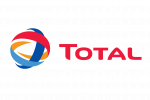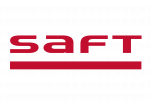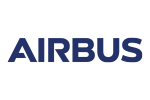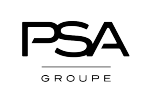Industrial suction
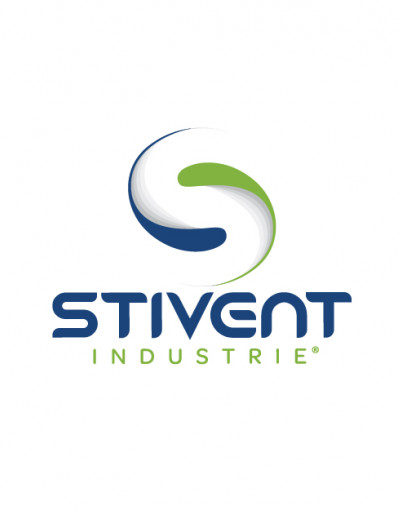
Industrial Aspiration
General principles of industrial aspiration
Companies in all sectors (sawmills, chemicals, aeronautics, automotive, agri-food, etc.) generate many pollutants (particulate matter: dust, sparks, etc. and gaseous substances: vapours, fumes, etc.) that promote the appearance of pathologies affecting the respiratory system or the skin of operators.
The prevention of these occupational risks covers all the provisions to be implemented to preserve the health and safety of employees, improve working conditions, and promote well-being at work.
Here is an extract from the INRS ED695, presenting the 9 fundamental principles related to industrial suction:
- Wrapping the Pollutant Emission Area
- Capture as close as possible to the pollutant emission area
- Place the suction device so that the operator is not between the suction and the pollutant
- Using the natural movements of pollutants
- Induce sufficient speed to entrain the pollutants
- Distribute air velocities evenly at the collection area
- Compensate the air outlets by corresponding air inlets
- Avoid draughts and sensations of thermal discomfort
- Discharge polluted air outside the fresh air zones
As aspiration devices are numerous, the prevention approach is based on 4 important criteria:
- Adapt the equipment according to the type of pollutants emitted
- Maintain a state of purity of air quality in the workplace
- Comply with regulatory standards
- Optimize Workstation
Do you need help finding your downdraft table ?







